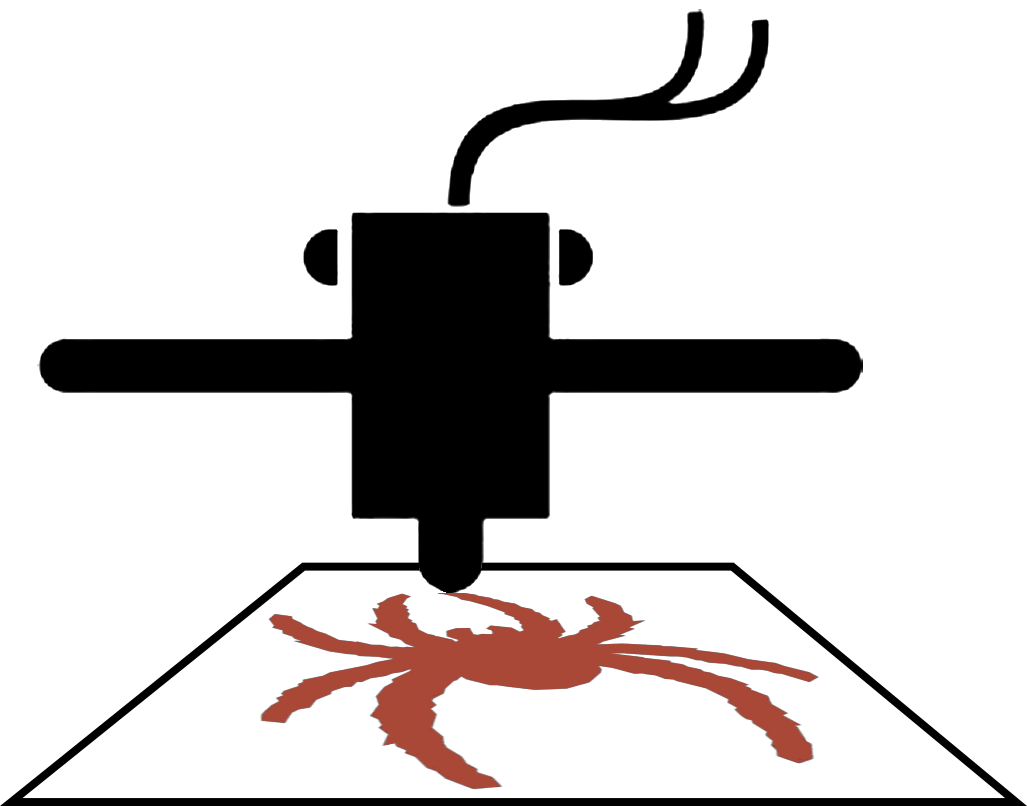I gotta hand it to Solidoodle. They have really upped their game for getting down to the 8-10 week order lead time. I ordered the Solidoodle on November 23, and it arrived on February 1. In fact, it showed up within 12 hours of when I received the shipping notice.
Here is the first vid for the new Solidoodle 3. We will quickly follow up with a video of our test printing.
Overall, I think it looks like a good printer. However, the goal of the Solidoodle 3 must have solely(?) been to increase the print volume as there were no obvious design improvements over the Solidoodle 2 and there is even one curious change. Here’s the rundown:
What we were hoping for:
- Redesigned extruder – the extruder is fairly similar to the Makerbot MK6. It uses a PTFE insert in the hot end which is a weakness because it will melt and stick to the printer filament if the hot end is inadvertently heated only 20 degrees or so above the normal working temperature. Also, the filament channel and idler bearing use layered pieces of acrylic. Acrylic is strong but brittle for this application and one runs a risk of cracking the plastic every time plastic is un/loaded. The workaround for the Solidoodle 2 was to print and install a minimalist extruder which we will most probably do the for the new printer.
- Redesigned print bed mounting and adjustment – the heads for the adjustment screws are recessed under the aluminum plate that makes up the print surface such that dimples form under prints in those locations. We cut some glass plates to the size of the Solidoodle 2 stage and had been printing on those (we put a layer of polyimide tape on the glass, clipped the glass to the print bed with office binder clips, and adjusted the z-axis end stop so the printer woul not gauge into the glass). We are currently getting some glass plates cut for the Solidoodle 3 and have ordered 200mm polyimide tape (the only source we could find was on ebay). Moreover, one cannot access the adjustment screw heads as they are under polyimide tape. Most customers seeking a workaround fabricate a way to adjust the screws from underneath. We did that for the Solidoodle 2 by filing down some wing nuts and will probably do that again for this printer.
- Redesigned control board cover – the cover for the printer control board is the same size as the board and does not protect the connectors that feed the ports on that board. For the Solidoodle 2, we designed a magnetic cover with fan and will most probably print and/or adapt that for this printer as well.
- Redesigned AC/DC adapter – one of the annoying parts of the Solidoodle 2 had been the power brick that is permanently attached by a cable to the printer. It would be better to have a port on the printer to attach the cable so the brick does not become a liability to the printer when moving them. Also, there is no power switch to the printer. One must unplug the DC cable from the brick or the brick from the wall outlet/UPS (I don’t want to switch off the UPS because that drives the PC as well). For this, we plan to either add an in-line switch at the low voltage (DC) end of the power brick cable or a plug-in AC button switch at the other end.
- Redesigned case – well, there was no chance for this to happen since a case is not even an option on the Solidoodle 3. For the Solidoodle 2, we didn’t like the low clearance for the filament feed that would kink and cause performance issues as well as the oddly bent steel case because of fitting around custom screws and whatnot. For the new printer, I imagine we will cut some plexiglass to fit on the sides and apply adhesive-backed magnetic tape so the panels can be installed and easily removed from the printer. Of course Ian Johnson at Solidoodle Tips has a masterpiece case for his Solidoodle 2 that we might adapt.
The odd change:
- Cables feeding through both holes in the back – on both the Soliddoodle 2 and Solidoodle 3, there are two holes near the top (one centered and the other above the control board). For the Solidoodle 2, the right-hand one was used for all the control cable pass-throughs, leaving the other for feeding the plastic filament. For the Solidoodle 3, they chose to split the cables into both holes so one has no option to feed the plastic filament through one of the holes without risking scraping since a bushing cannot be installed unless it is a split bushing.
